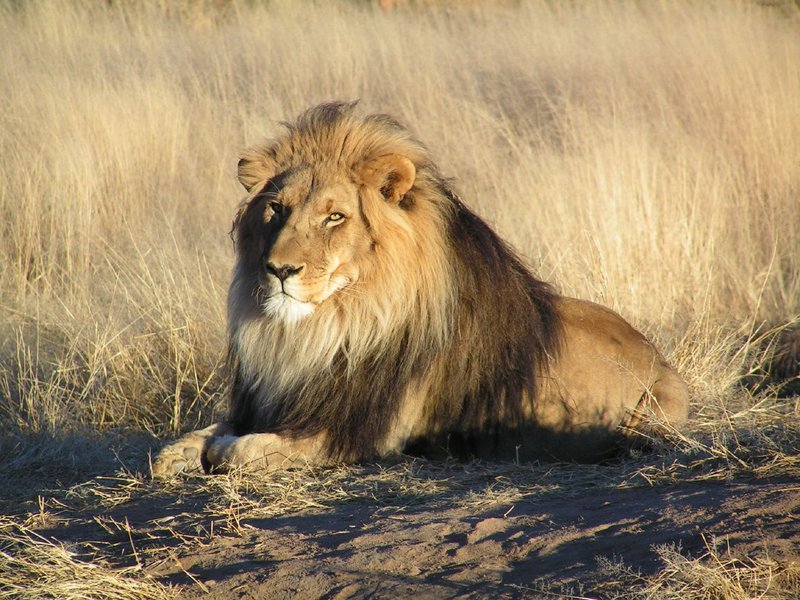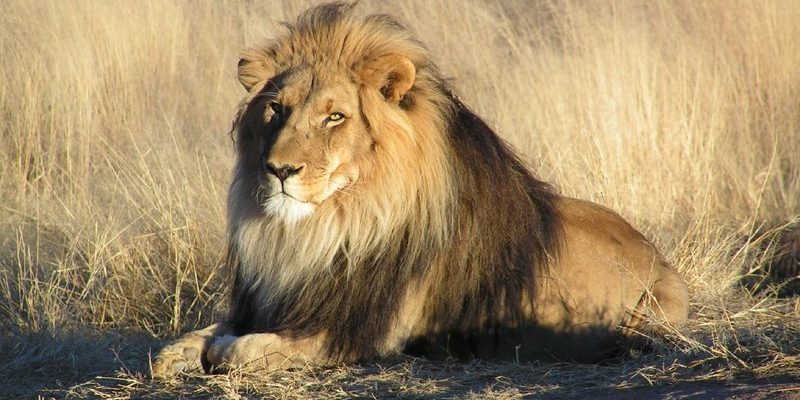
You might not realize it, but the lion represents more than just strength. It embodies ideals such as bravery, leadership, and protection. Think of it like a character in a story that teaches us valuable life lessons. Whether it’s a fable where the lion teaches us about courage, or a national emblem representing power, the lion’s depiction is rich and varied. Let’s dive into how this magnificent creature has been celebrated and portrayed across different cultures and traditions.
The Lion in Ancient Civilizations
Lions have roamed the earth for millions of years, but their significance in culture can be traced back to ancient times. In Egypt, lions were seen as symbols of protection and power. The goddess Sekhmet, often depicted with a lioness’s head, represented war and healing. Temples and tombs were adorned with lion sculptures, signifying the strength of the pharaohs.
Similarly, in Mesopotamia, lions were associated with kingship. The famous Ishtar Gate of Babylon features majestic lion reliefs, illustrating the fierce power of the lion as a protector of the city. These ancient portrayals were more than just art; they represented the might and strength that leaders aspired to embody.
In many ways, these ancient representations of lions were like the first superhero characters, inspiring people to be brave and strong in the face of challenges. They weren’t just about raw power; they symbolized the virtues of courage and protection that societies valued highly.
Lions in Religious Beliefs
When we look at religious texts and beliefs, lions appear quite often. In Christianity, the lion often symbolizes both *strength* and *resurrection*. For example, Jesus is referred to as “the Lion of Judah,” symbolizing authority and kingship. This representation conveys the idea that belief in something greater can give one the strength to overcome fear and adversity.
In Buddhism, the lion symbolizes the Buddha’s teachings. You might often see lion statues at temples, representing fearlessness and majesty. The *Lion’s Roar*, a term often used in Buddhist texts, signifies the power and authority of the Buddha’s teachings, much like the majestic roar of a lion that commands attention.
Similarly, in Hinduism, lions are sacred creatures associated with several deities. The goddess Durga, for instance, rides a lion, embodying strength and the power to combat evil. This idea reflects the lion’s role not just as a predator, but as a protector.
Lions in Folklore and Literature
Folklore and fables often utilize lions as central characters to convey moral lessons. Take Aesop’s fables, for example. In “The Lion and the Mouse,” a seemingly insignificant creature helps a mighty lion, teaching the lesson that even the smallest of us can have great strength and make a difference. It’s a humble reminder that power can come in all shapes and sizes.
In many African cultures, lions are woven into stories that highlight community values. They represent bravery in the face of adversity, often acting as guardians of the village or the wild, ensuring harmony within the ecosystem. These tales not only entertain but also instill important lessons about respect, courage, and the balance of nature.
In modern literature, lions continue to be potent symbols. Think of C.S. Lewis’s Aslan in “The Chronicles of Narnia,” representing goodness, sacrifice, and the triumph of hope over despair. Aslan captivates readers, symbolizing the lion’s multifaceted representation of power and morality.
Lions in National Symbols and Heritage
Many countries adopt lions as national symbols, representing strength, courage, and sovereignty. For instance, the British heraldic lion, often depicted in royal crests, signifies bravery and nobility. The lion has stood as a symbol of courage and protection for England for centuries.
Similarly, in Scotland, the Lion Rampant is a national symbol, often seen on the royal standards. It represents strength and honor, connecting people to their heritage and history. These national symbols not only reflect the qualities admired by societies but also unite people under shared values.
In Asia, the Chinese lion, often portrayed in pairs as guardian statues, stands at the entrance of buildings, temples, and homes. Known as “Foo Dogs,” they represent protection and prosperity, warding off evil spirits. Their majestic presence serves as a reminder of the virtues of courage and vigilance.
The Lion in Modern Pop Culture
In today’s world, lions continue to capture our hearts and imaginations through movies, books, and television. Animated films, such as Disney’s “The Lion King,” have made the lion an endearing character for generations. Simba’s journey from a young cub to a courageous king resonates deeply, teaching lessons about identity, responsibility, and the circle of life.
Moreover, lions are often featured in sports teams’ mascots and logos. They symbolize strength and teamwork, embodying the spirit of competition. A lion’s fierce representation reflects the determination and grit athletes aspire to.
Social media has also embraced the lion, often using majestic lion images to represent empowerment and strength. You might see motivational quotes paired with images of lions, symbolizing the drive to overcome challenges and strive for greatness.
The Symbolism of Lions Across Cultures
One fascinating aspect of lions is how they symbolize different things across various cultures. In African cultures, lions are often seen as a source of respect and admiration. In many tribes, stories about lions highlight their roles as guardians of the land, teaching the importance of living in harmony with nature.
In contrast, in some Asian cultures, lions might represent protection and guardianship, as seen in lion dances during festivals. These dances portray lions as energetic and playful, symbolizing a celebration of life and prosperity. It’s interesting to see how the same animal can be interpreted and celebrated in diverse ways.
The duality of the lion’s symbolism—both as a fierce predator and a protective figure—reflects the complexities of human experience. Just as lions navigate their environments with strength and grace, cultures around the world embrace the lion’s essence to communicate deeper truths about life.
The lion is more than just a magnificent animal; it’s a symbol that embodies strength, courage, and leadership across various cultures and folklore. From ancient civilizations to modern media, the lion’s representation is rich and varied, teaching us valuable lessons about bravery, respect, and community.
As you explore stories and symbols related to lions, you might find that their qualities resonate with your own experiences. They remind us that, like the lion, we all have the capacity for strength, protection, and resilience. Whether in literature, religion, or folklore, the lion’s noble spirit continues to inspire and guide us in our daily lives. So the next time you encounter a lion, whether in a book, film, or even at the zoo, remember the profound impact this majestic creature has had on our world.

